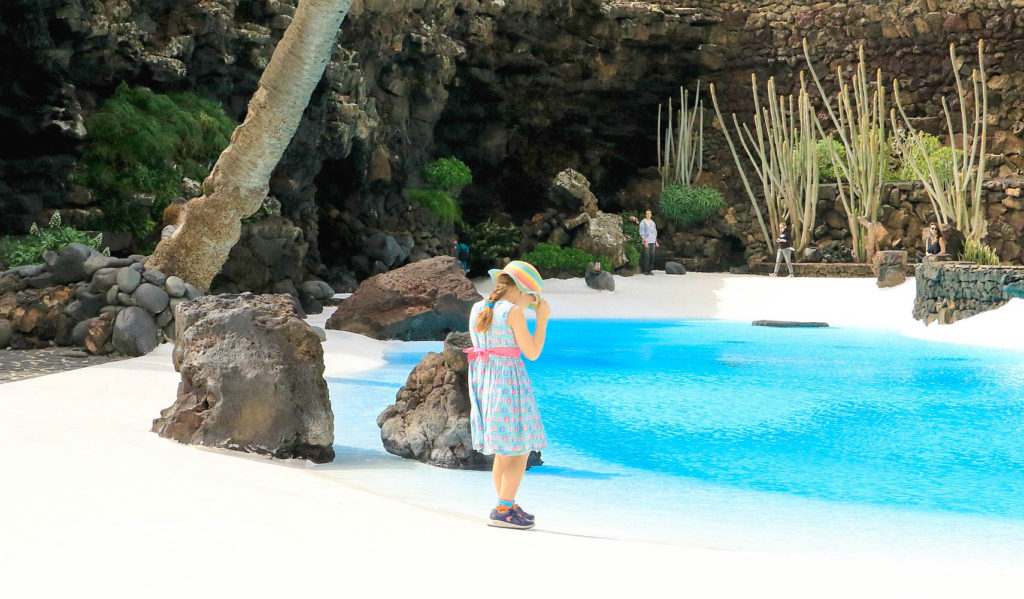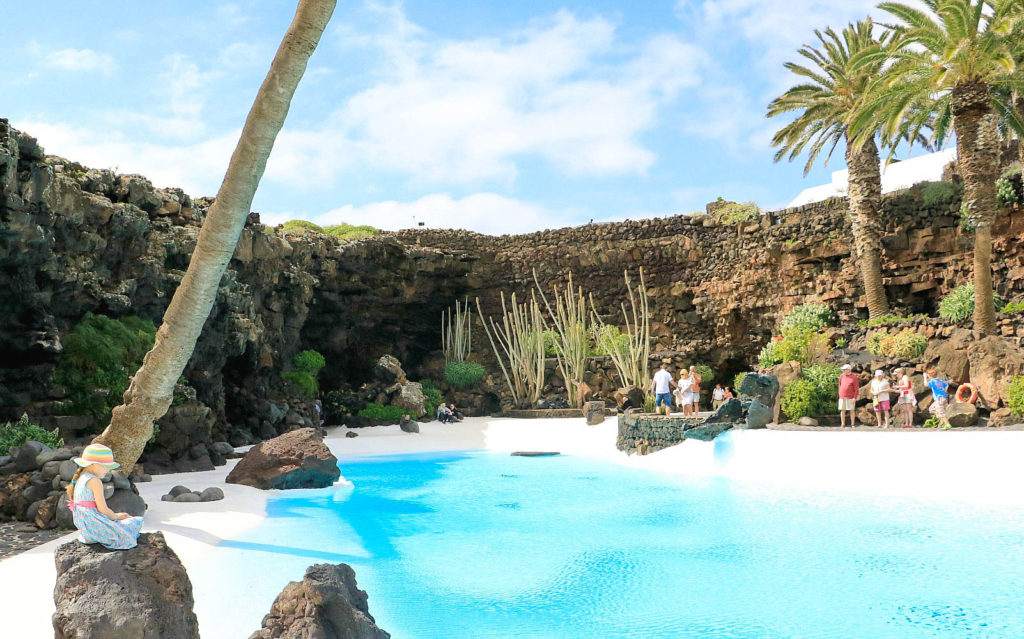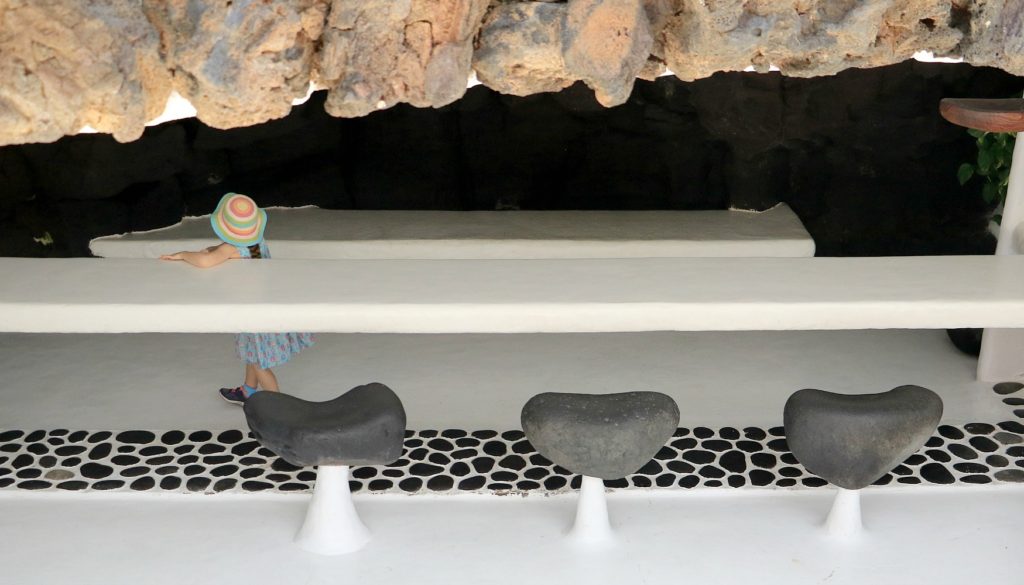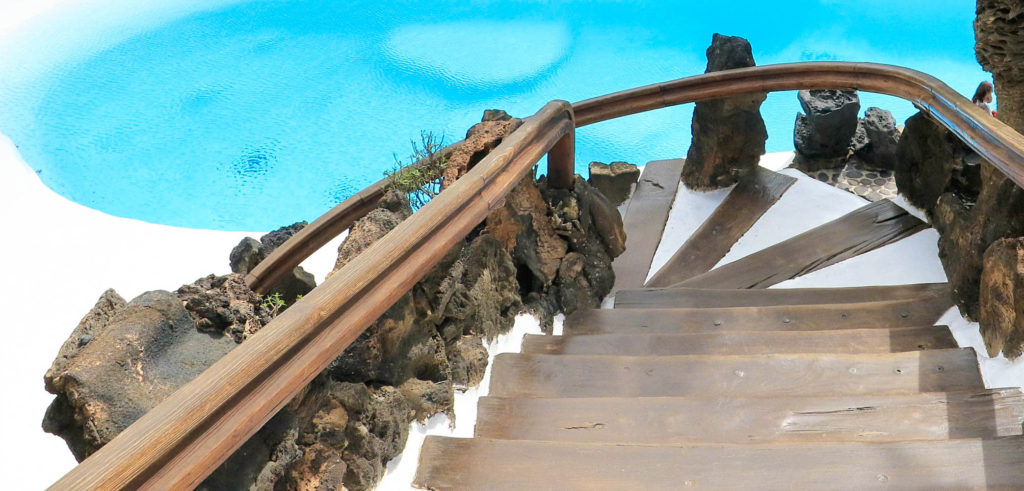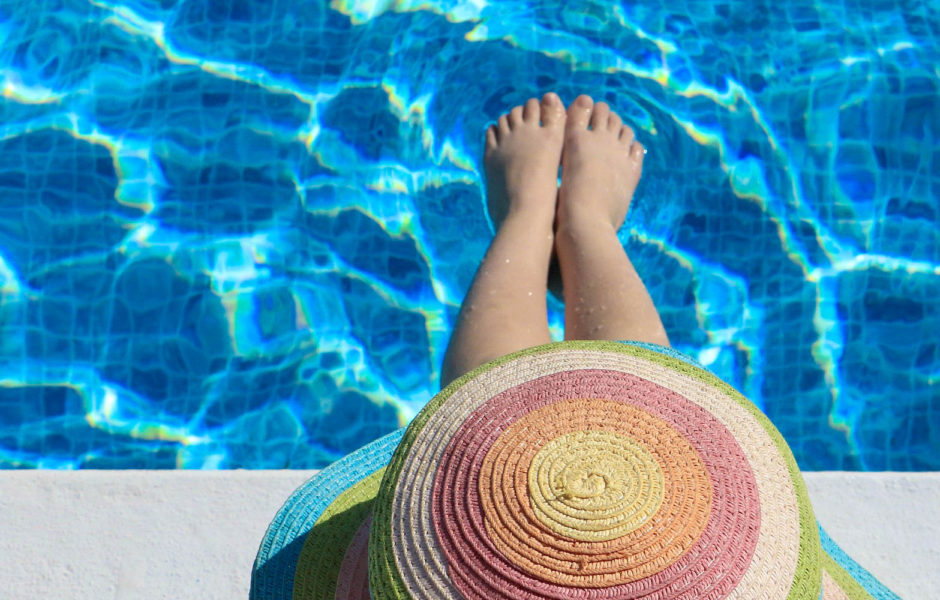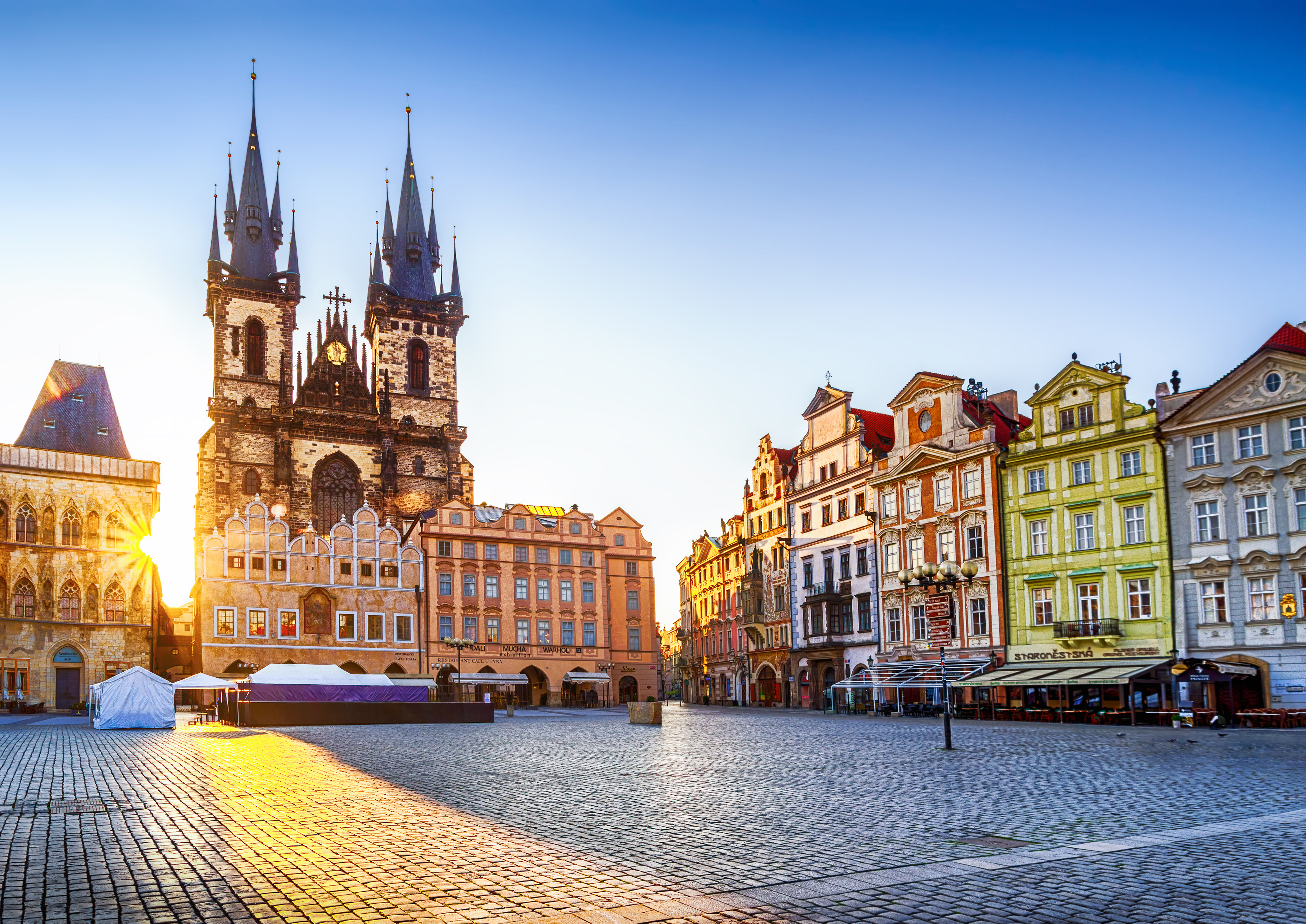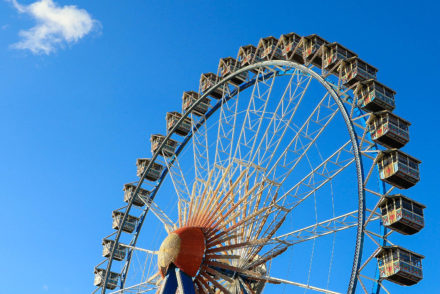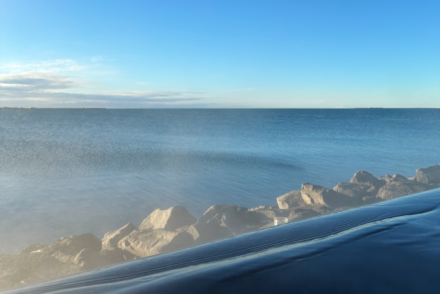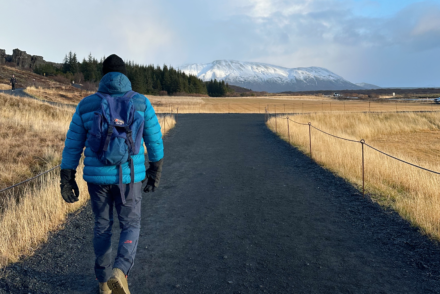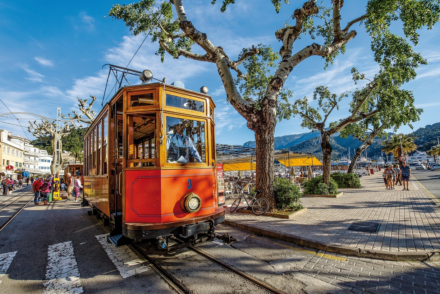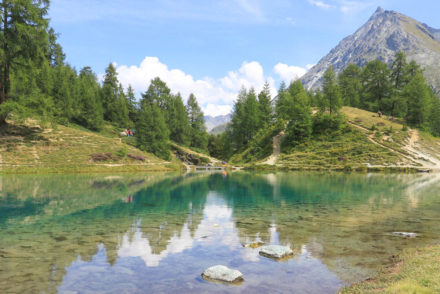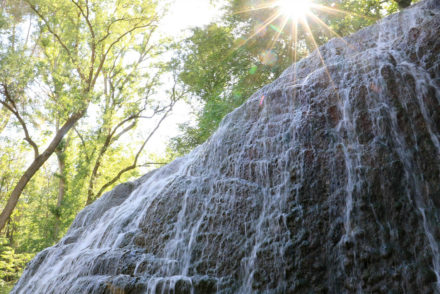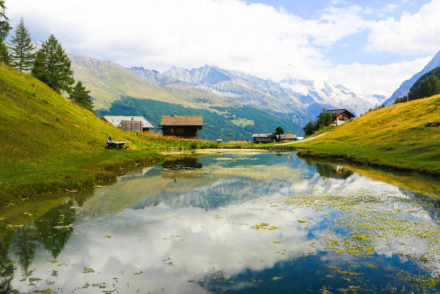The Canary Islands, off the coast of northwestern Africa, are well known for their all-year-round temperatures. With each of the 7 islands offering something different, Lanzarote is the most easterly offering a diverse range of landscapes. The fourth-largest of the islands, it’s just 60 kilometres long and 20 kilometres wide making it ideal to explore by car. The Doves love a good road trip so with our base a villa in the south, we set about discovering what Lanzarote had to offer a family of three.
See the fire mountains
We headed to the Montanas del Fuego in the Timanfaya National Park early to avoid the crowds. More than a hundred volcanoes devastated this part of the island between 1730 and 1736. Due to the low rainfall, much of the landscape has remained as it did 300 years ago. We’d been here before several years ago but the martian-like scenery really is like no other. Temperatures just below the surface still reach up to 600 degrees and there are demonstrations to show how hot it is. Like dry bush catching fire or water in a borehole exploding like a mini geyser. Even the El Diablo restaurant uses geothermal heat to cook its food. Visitors are not permitted to wander around Timanfaya National Park but one of the bus tours will take you through the lava fields where there are craters, seas of sand and lapilli which are black volcanic pebbles. If you don’t fancy a bus, there’s always the option of a camel.
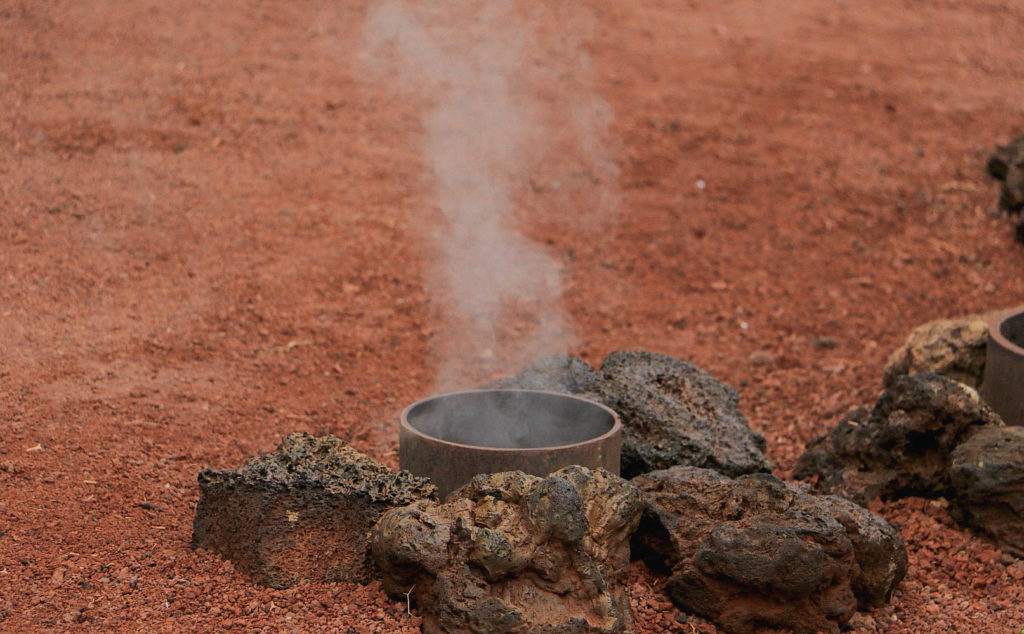
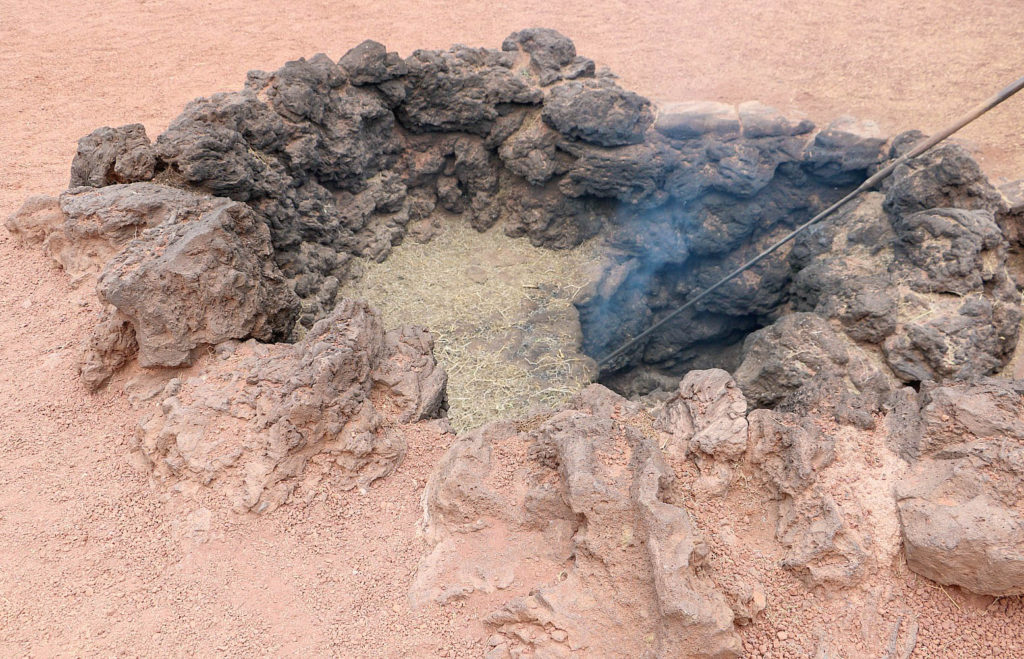
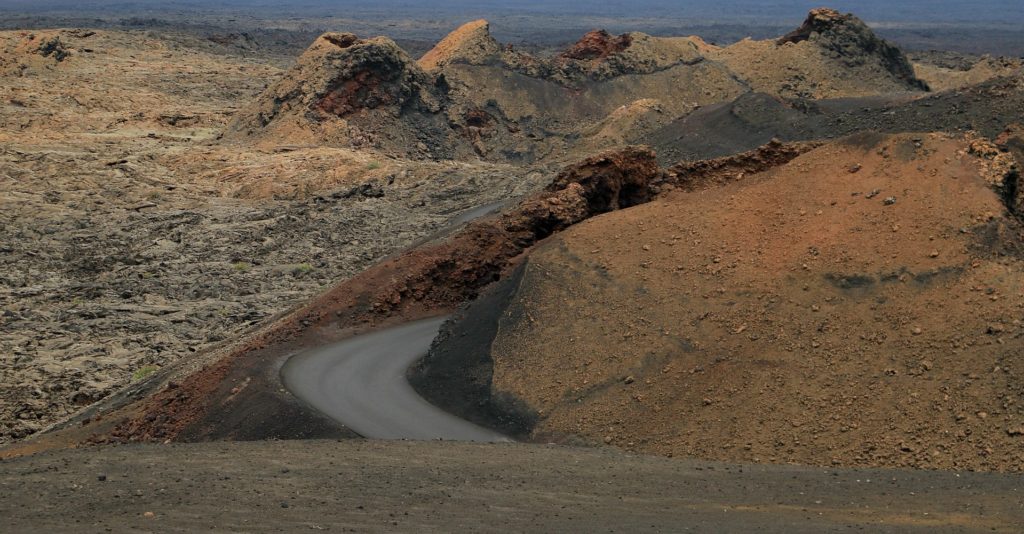
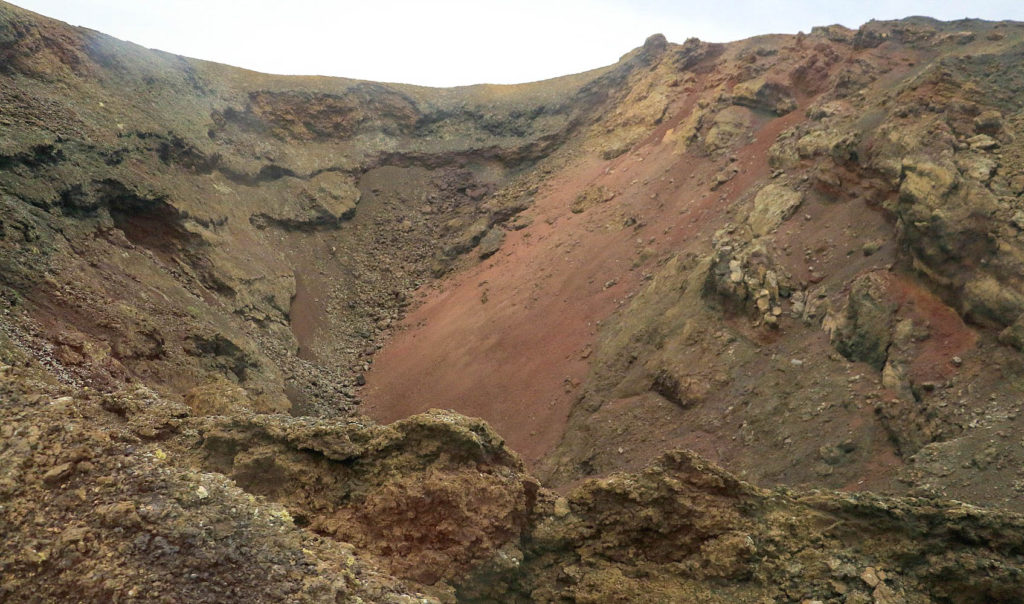
Explore an ancient town
Teguise was Lanzarote’s capital for around 450 years. It’s said to be the oldest Spanish settlement in the Canaries and dates back to 1402. It is home to the island’s largest market which takes place in the San Miguel Plaza every Sunday morning, a square that’s largely deserted the rest of the time. Teguise is a beautifully quiet spot with cobbled streets, white buildings and palm trees. It’s a great place to explore, enjoy a leisurely lunch (La Palmera is great) or relax over a drink. Palacio de Marques is the oldest building on the island which dates back to 1455 and took 32 years to build. You can easily lose a few hours here whether walking around or taking in sights like the Palacio Spinola, Plaza de la Constitucion, Neustro Senora de Guadalupe or the Maciot de Béthencourt.
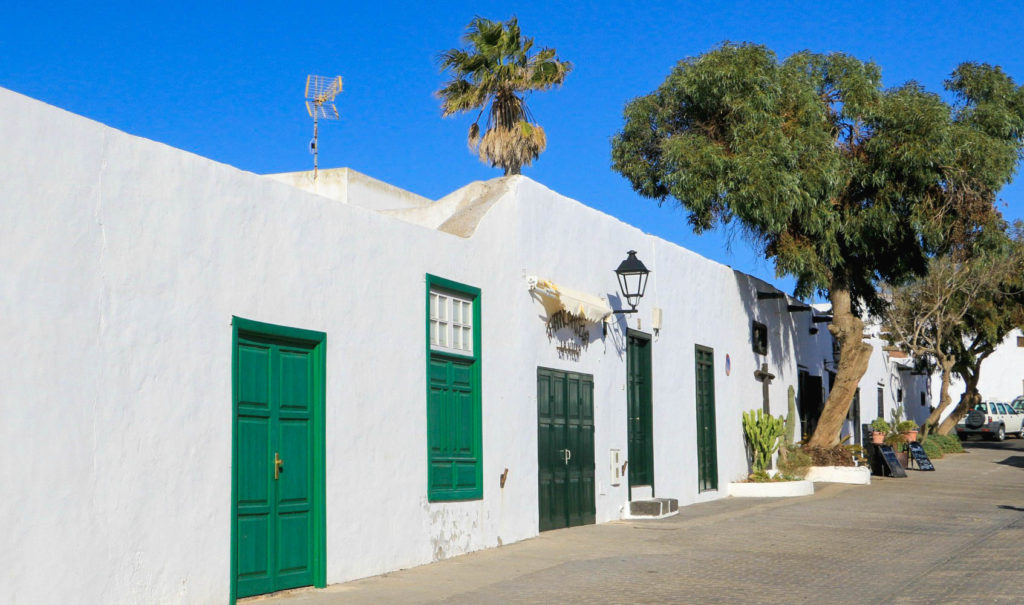
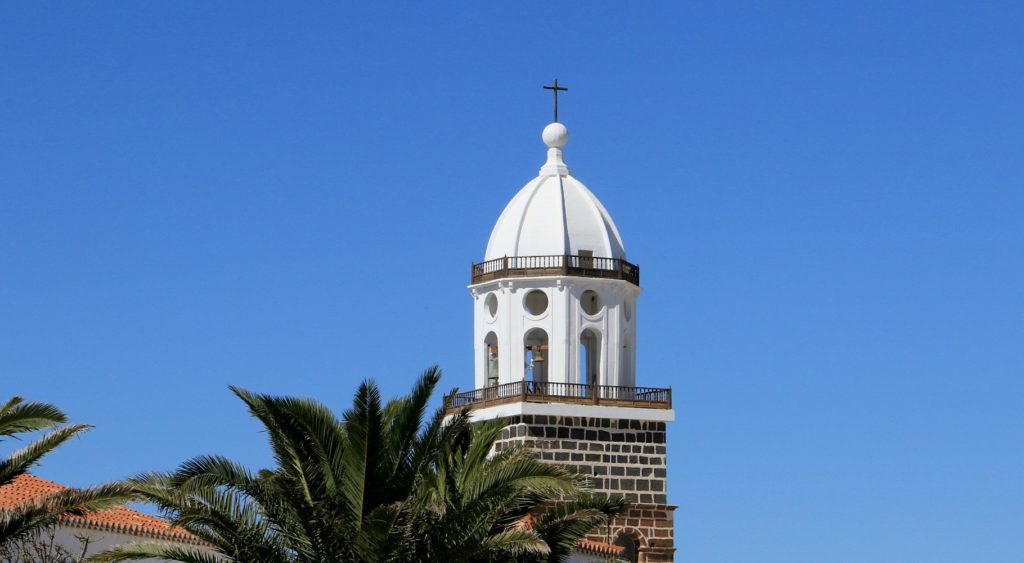
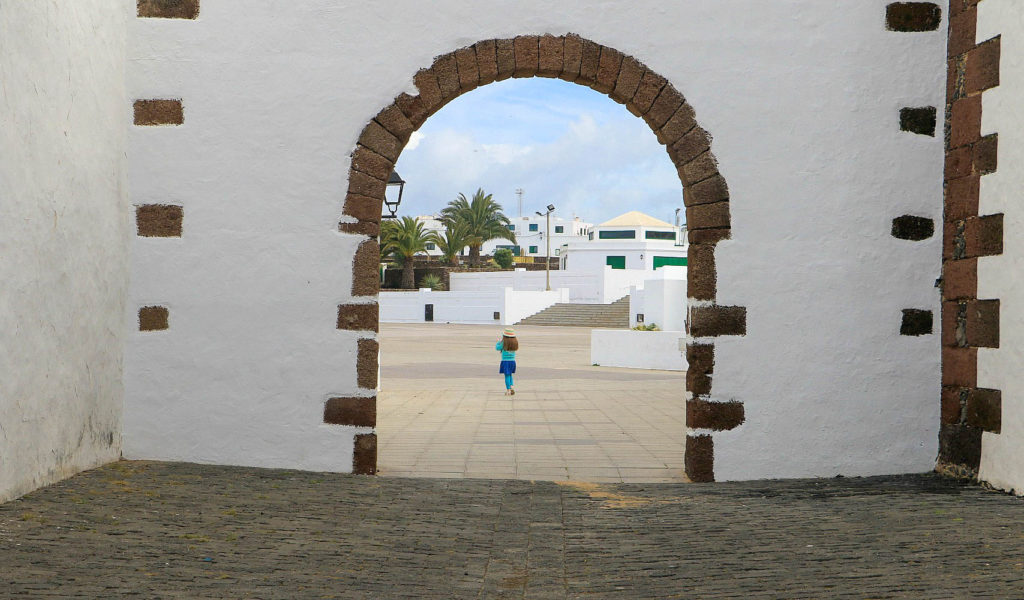
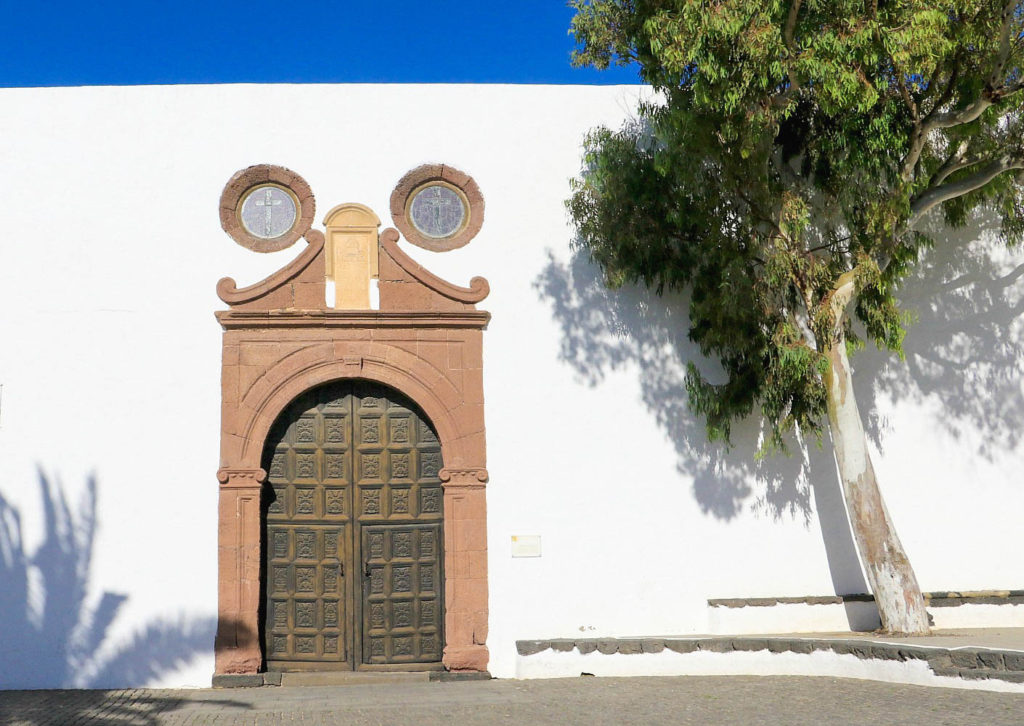
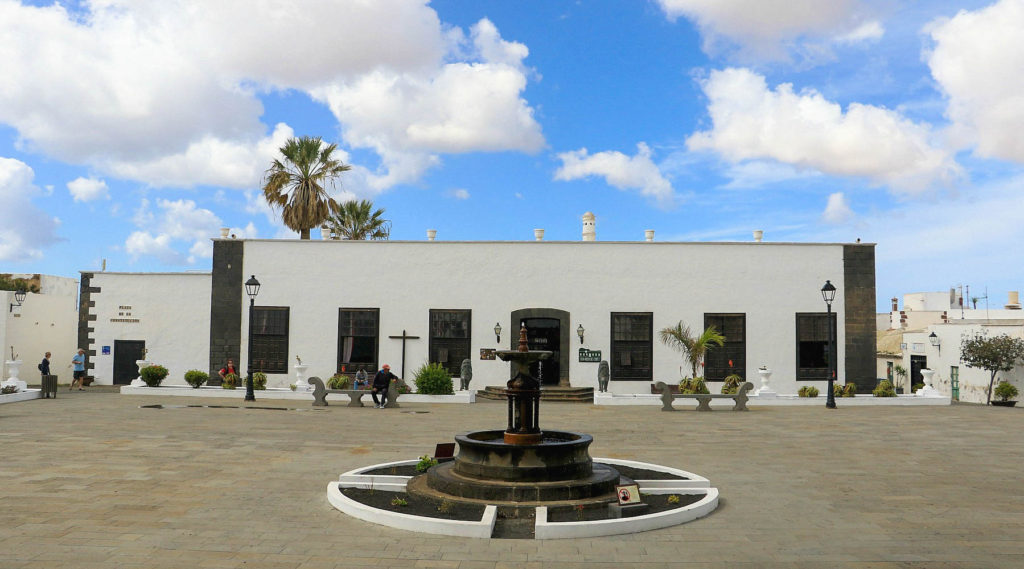
Find a pirate museum
Yes really! Overlooking the beautiful town of Teguise is Castillo de Santa Barbara which is also known as the Museo de la Pirateria. Situated at the top of Mount Guanapay, a short drive from Teguise is this old fortress which was originally built as a watchtower. Its purpose was to protect Islanders from pirates and privateers such as Sir Francis Drake who was known as El Draque (The Dragon) to the Spanish. Castillo de Santa Barbara was rumoured to have had a tunnel that connected Castillo de Santa Barbara to the town of Teguise which the islanders used when they were under attack.
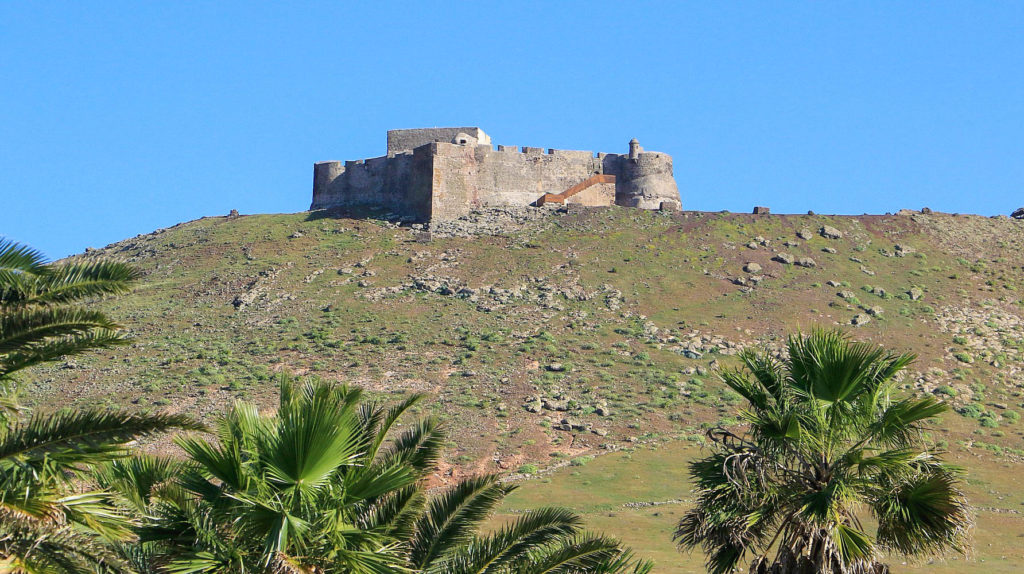
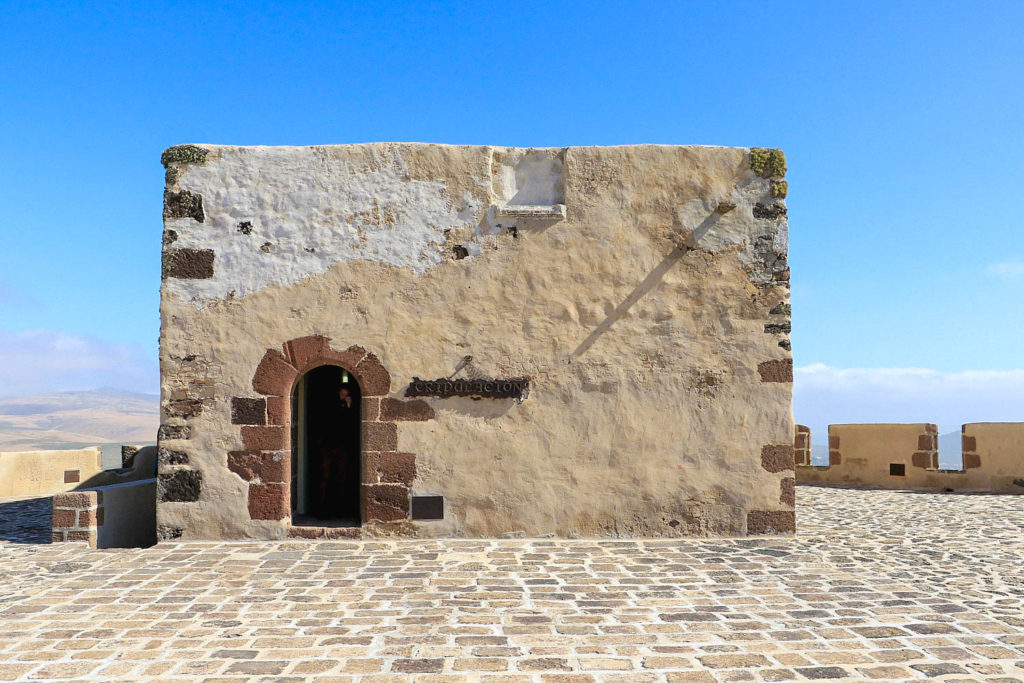
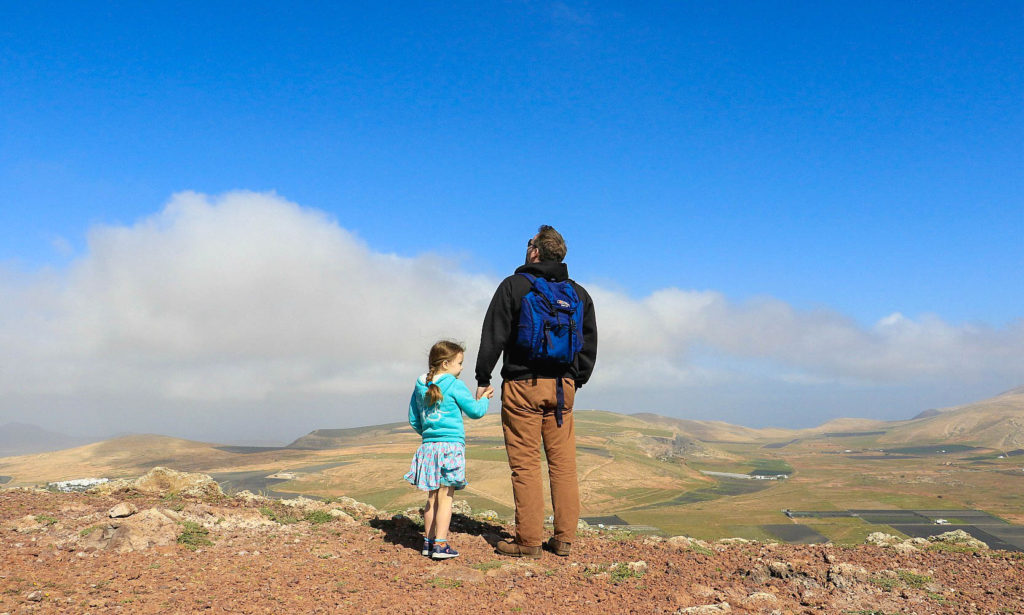
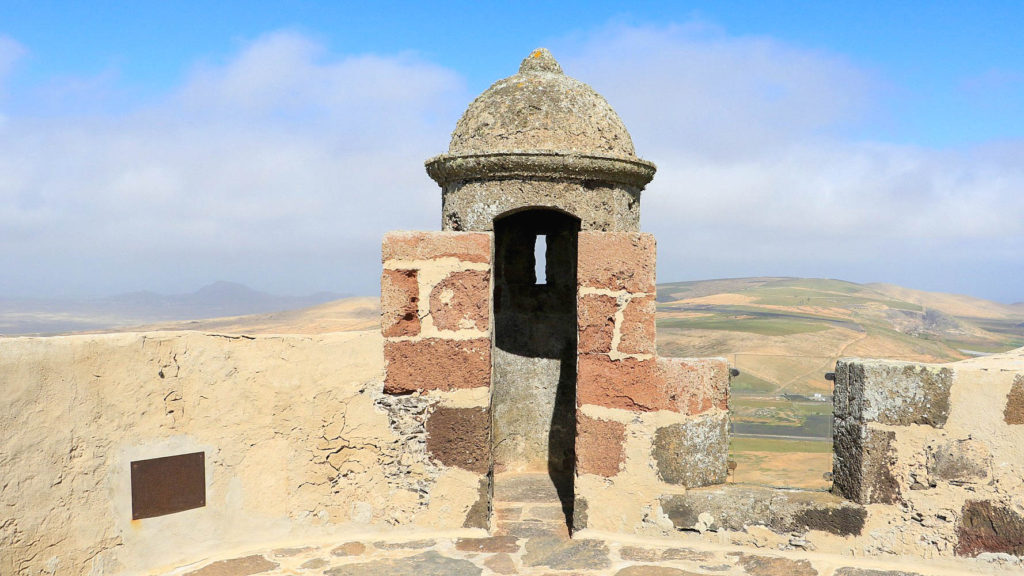
Visit an unusual garden
Located in Guatiza is the Jardín de Cactus which is easy to spot with its giant metallic cacti sculpture by the entrance. Built on the site of a disused quarry, it’s said to have one of the best collections of cacti in the world – 10,000 plants and over 1,000 species. There’s an impressive amphitheatre-like bowl, paved pathways, terraces, bridges and the Gofio mill with the stone walls blending into the cacti plantations that surround the attraction. This was just one of the creations by artist and architect Cesar Manrique we saw while we were on the island.
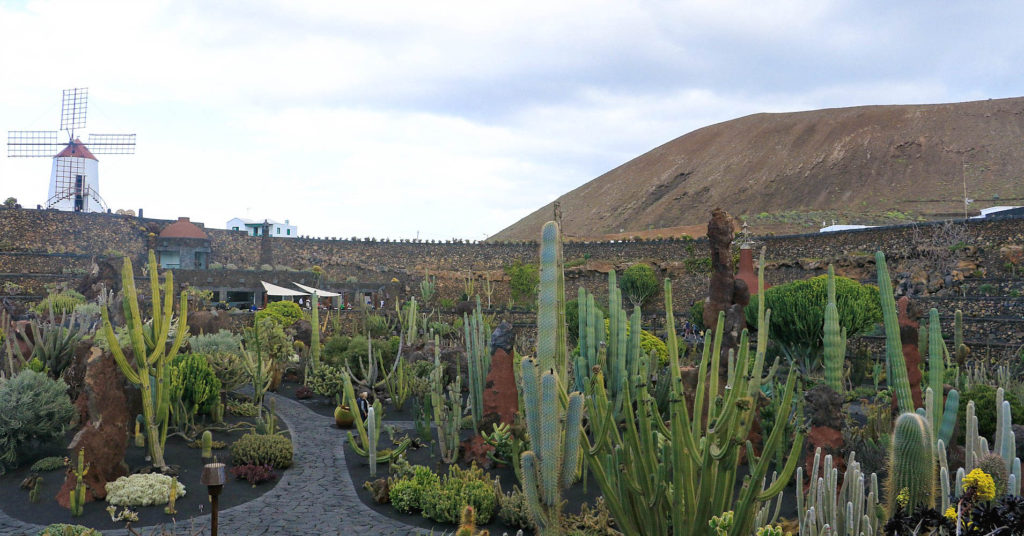
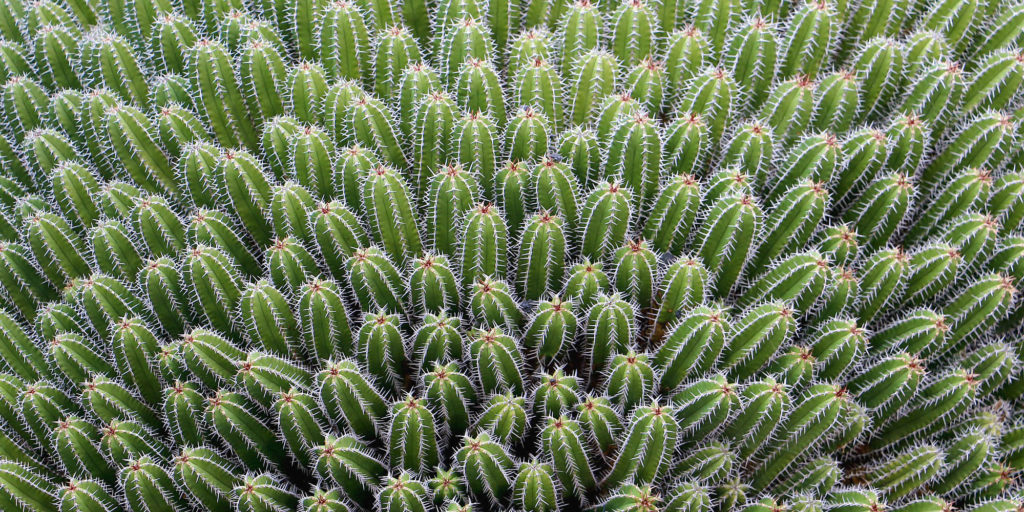
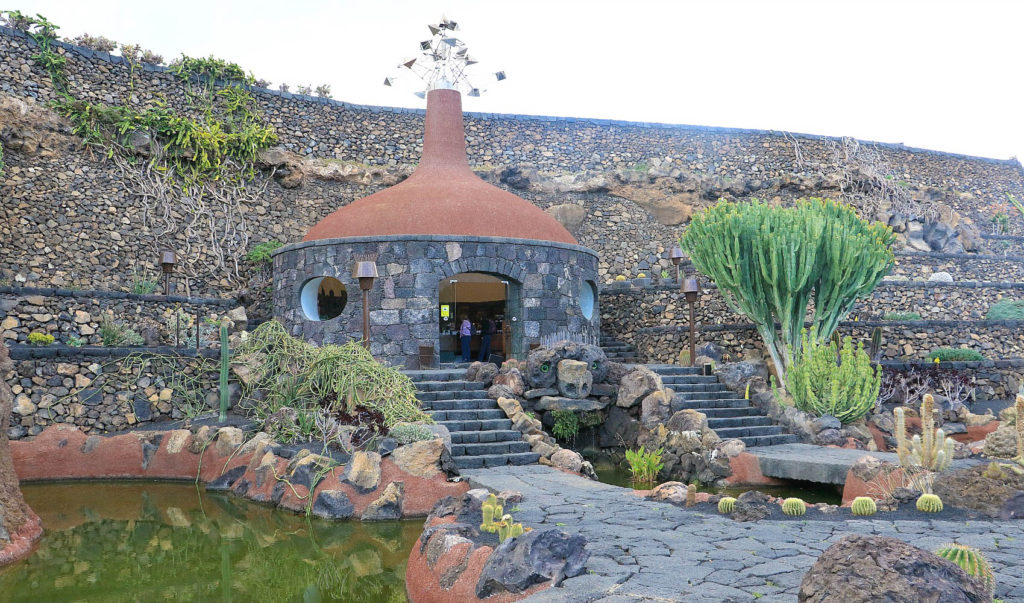
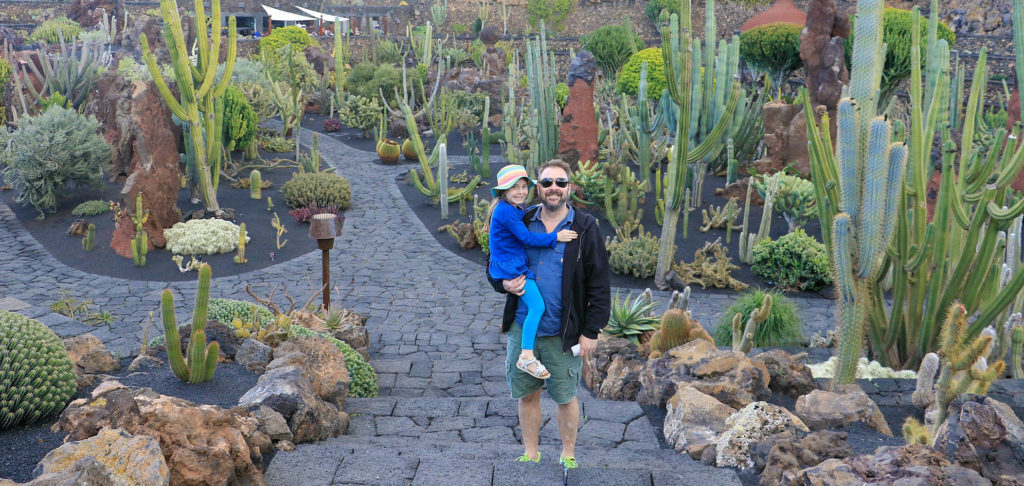
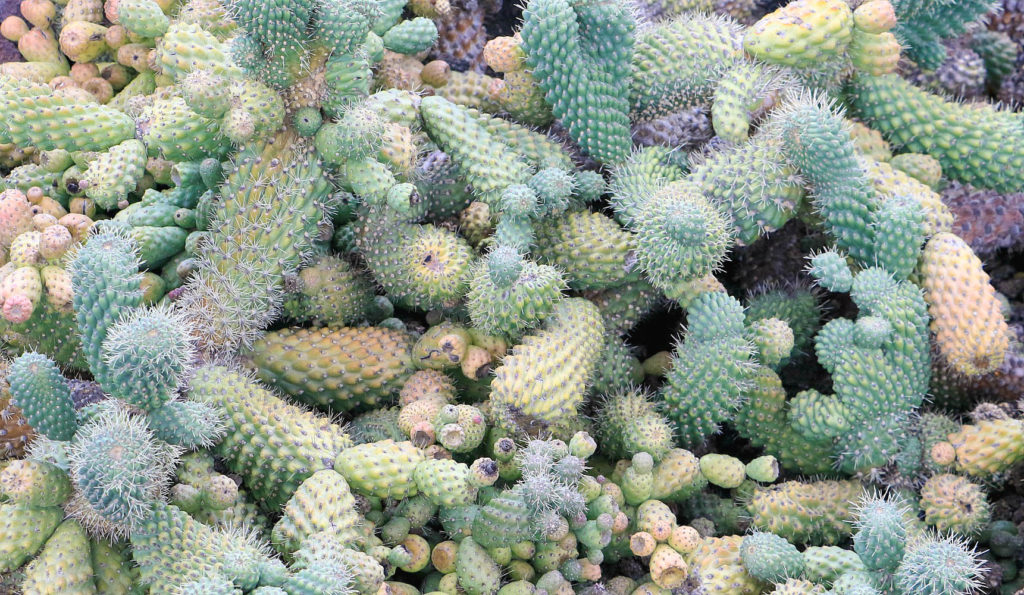
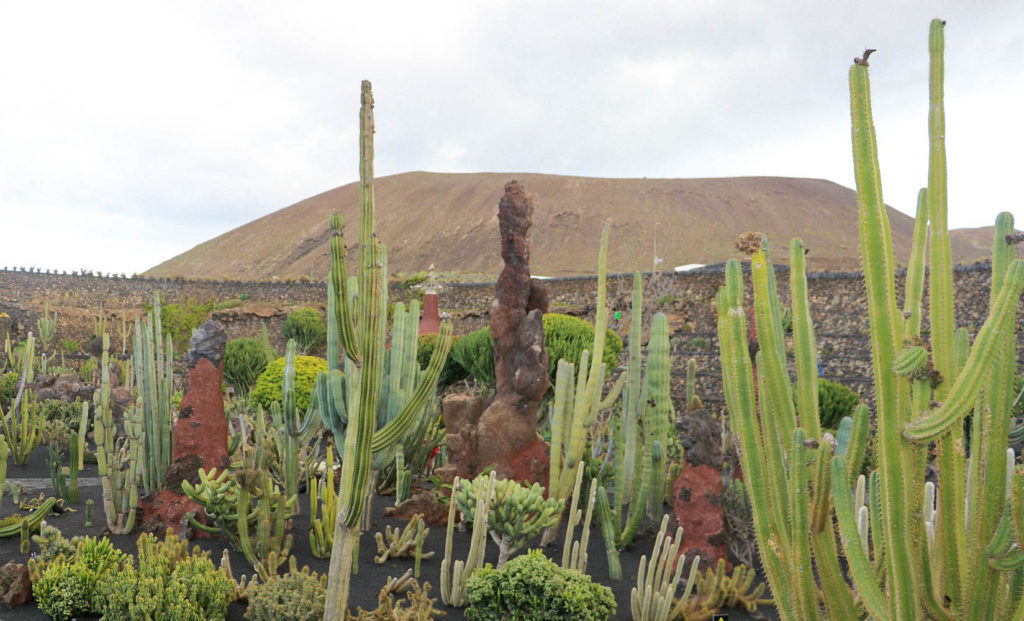
Follow a dirt track and discover a hidden cove
We got lost in the Los Ajaches National Park one day. The road is really just a dirt track, a bad one at that with umpteen potholes, albeit spectacular views. With our hire car bouncing up and down like it was on springs we weren’t sure where we were going to end up but it turned out we’d discovered a hidden gem. The 4-kilometre journey along this road, where we could so easily have got a puncture, led us to Playa Mujeres, Playa del Pozo, Playa de Papagayo, Caleta del Congrio and Puerto Muelas. The only other way to reach these beaches is by boat. At Playa de Papagayo, we were blessed with crystal clear sea, white sand with nearby rocks providing shelter.
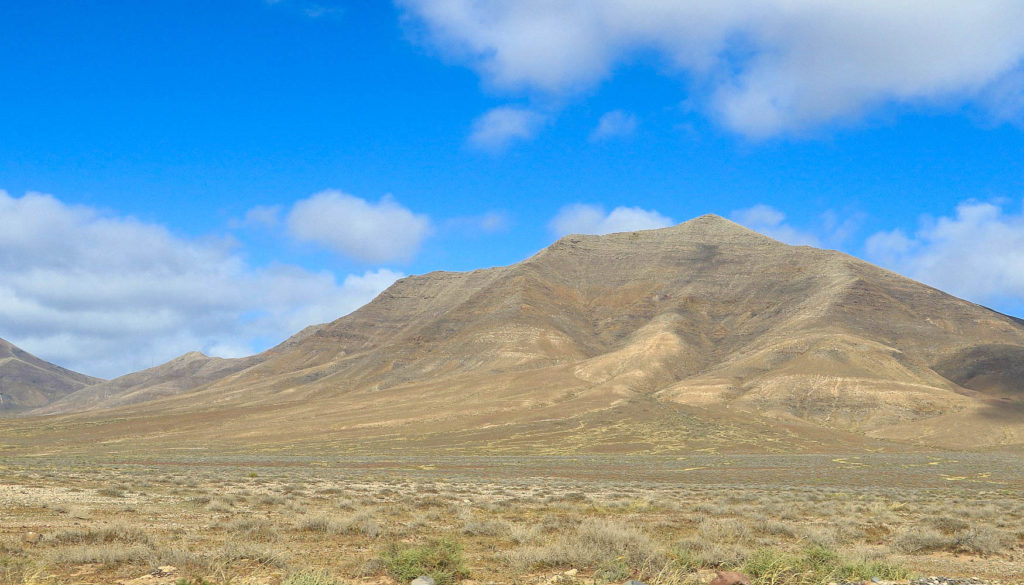
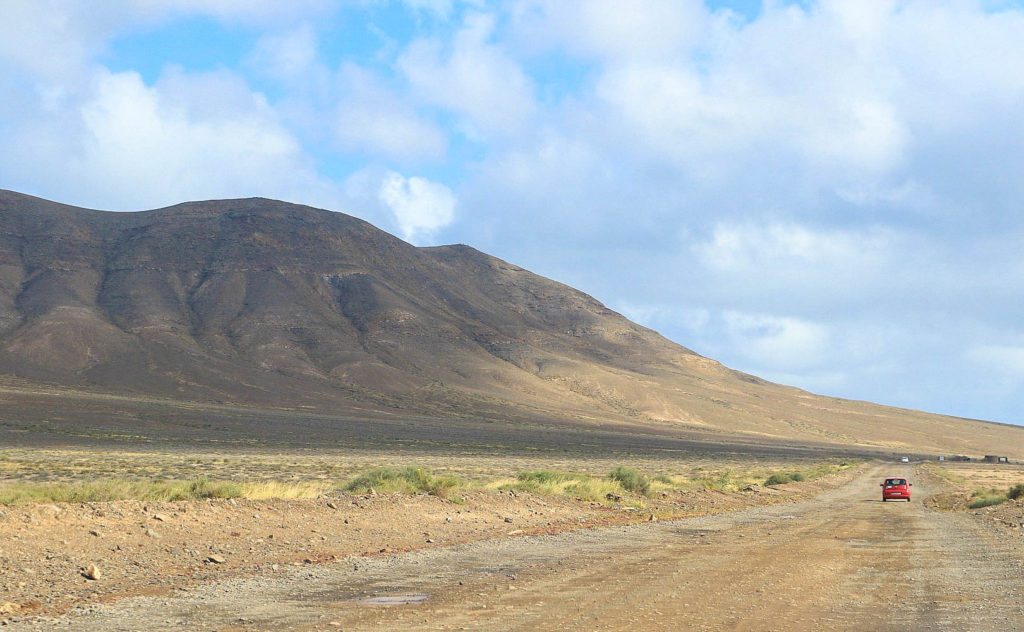
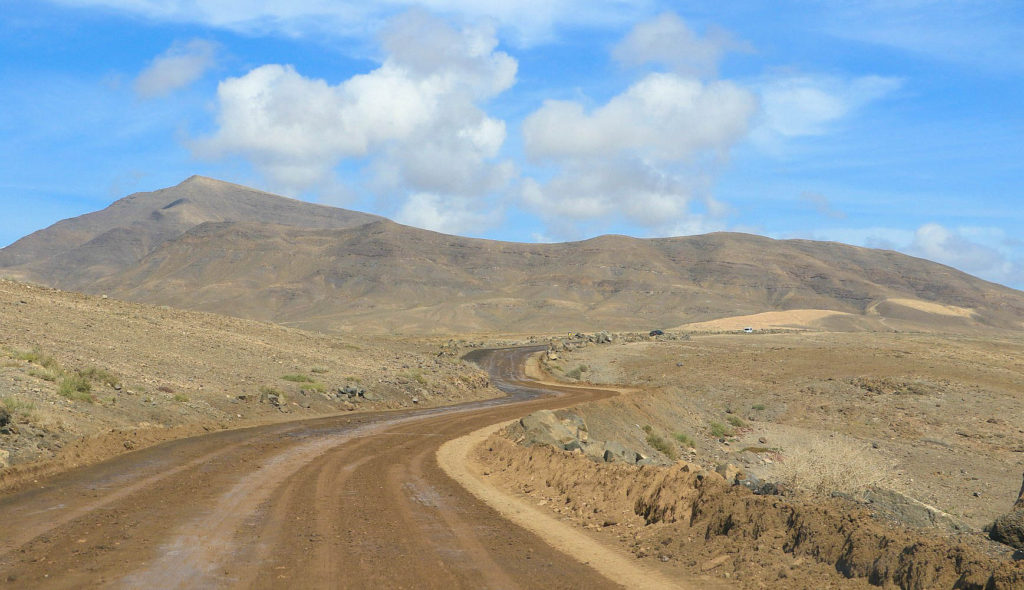
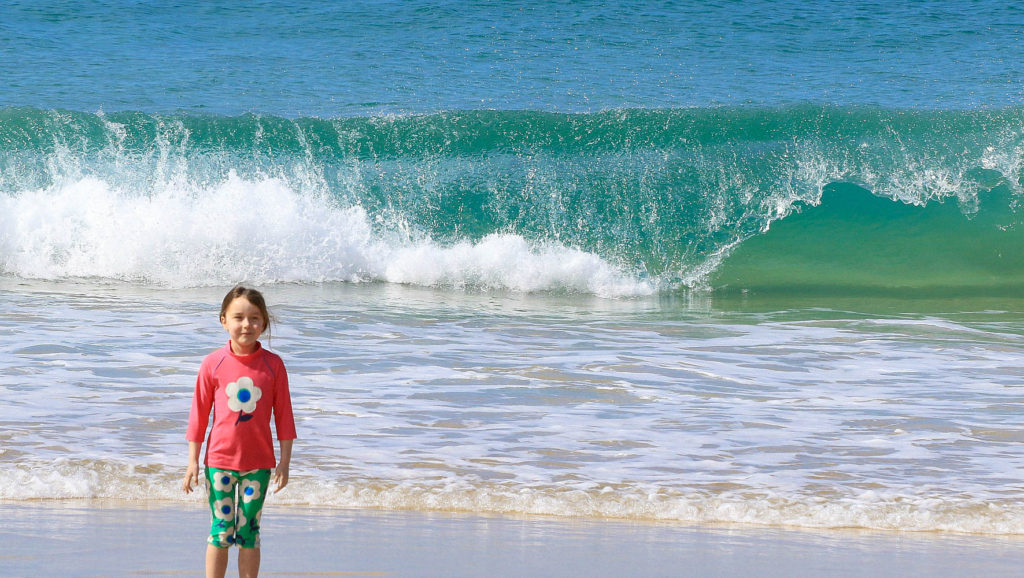
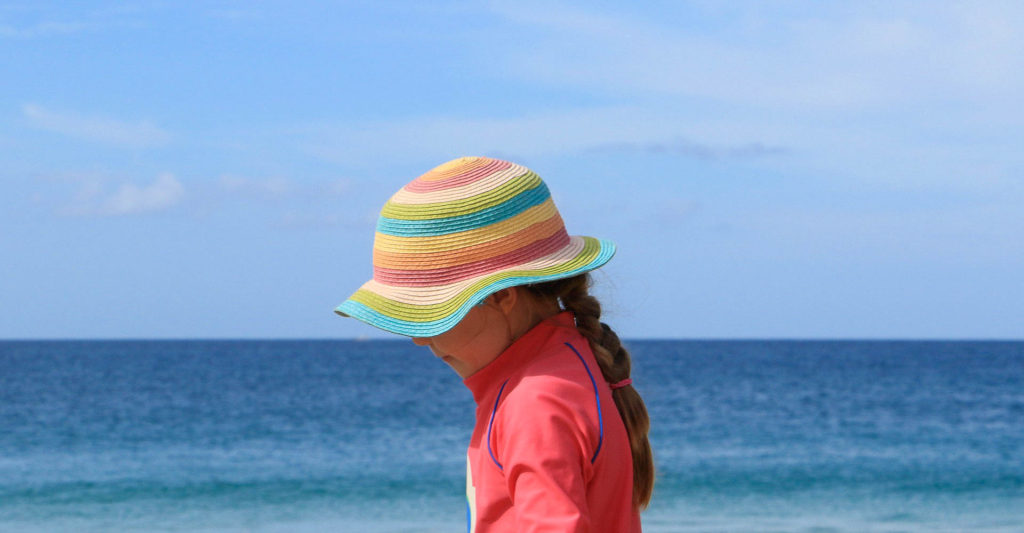
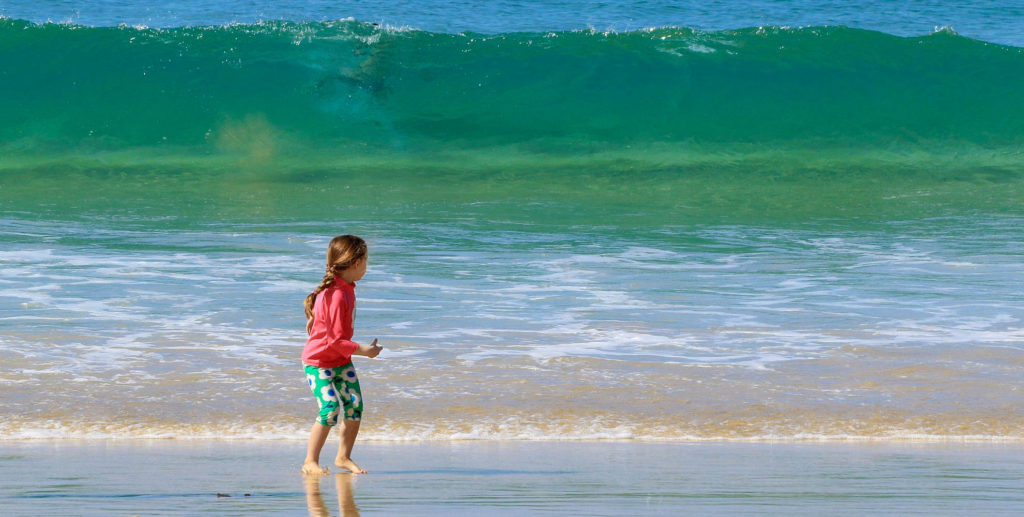
Grab a drink somewhere special and take in the views
Situated in the far North of Lanzarote is the island’s most well-known vantage point positioned almost 500 metres above sea level. It was originally used by the Spanish in the 16th century so they could look out for pirates, two hundred years later it became a fortress and gun battery. These days Mirador del Rio is a spectacular vista which offers breathtaking views of the El Rio strait and Chinijo Archipelago. Created by renowned Lanzarote artist Cesar Manrique, Mirador del Rio was originally set to be a restaurant. We headed down a narrow winding corridor only to arrive in this huge white-walled room, split into two windowed sections and furnished with tables and chairs. We could see a great deal from our table but it’s only when you ventured outside you could truly appreciate what’s been done here. You can even see the Playa El Risco beach and Salinas salt plains below which the oldest in the archipelago and date back to Roman times.
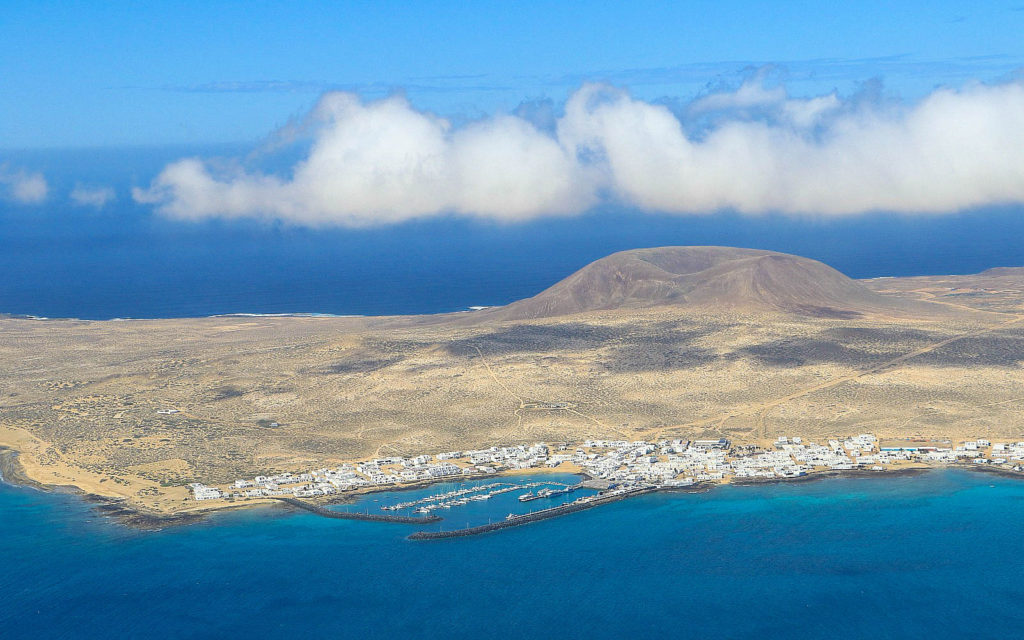
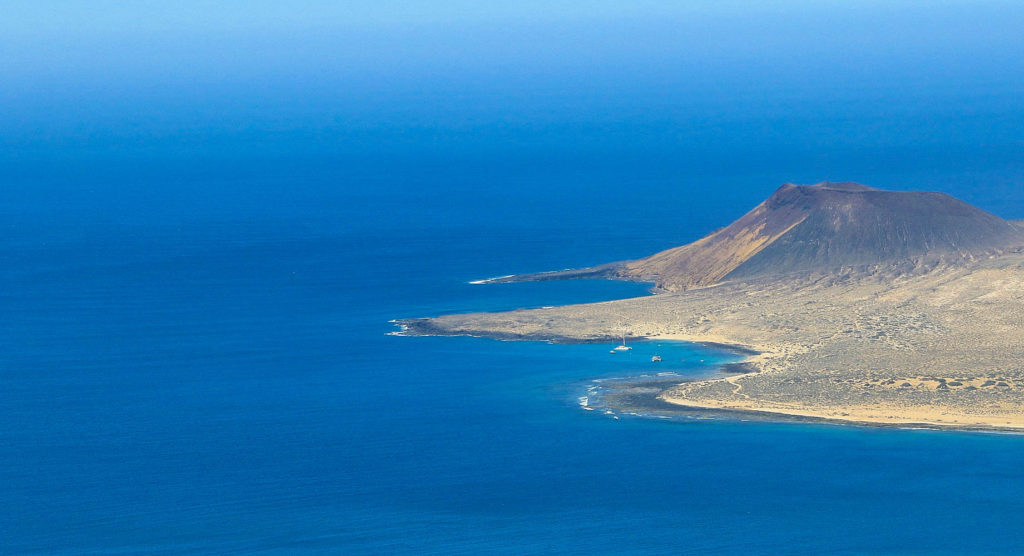
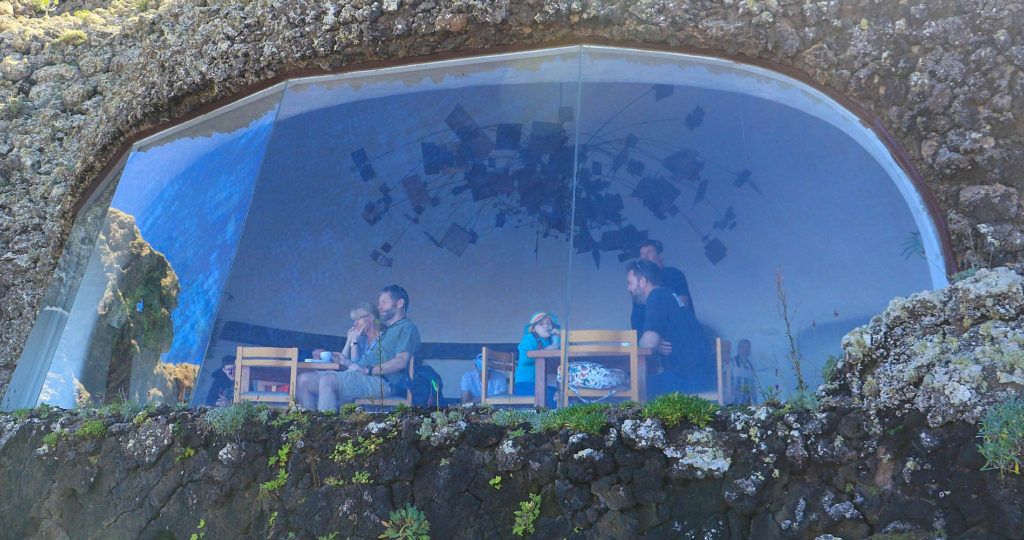
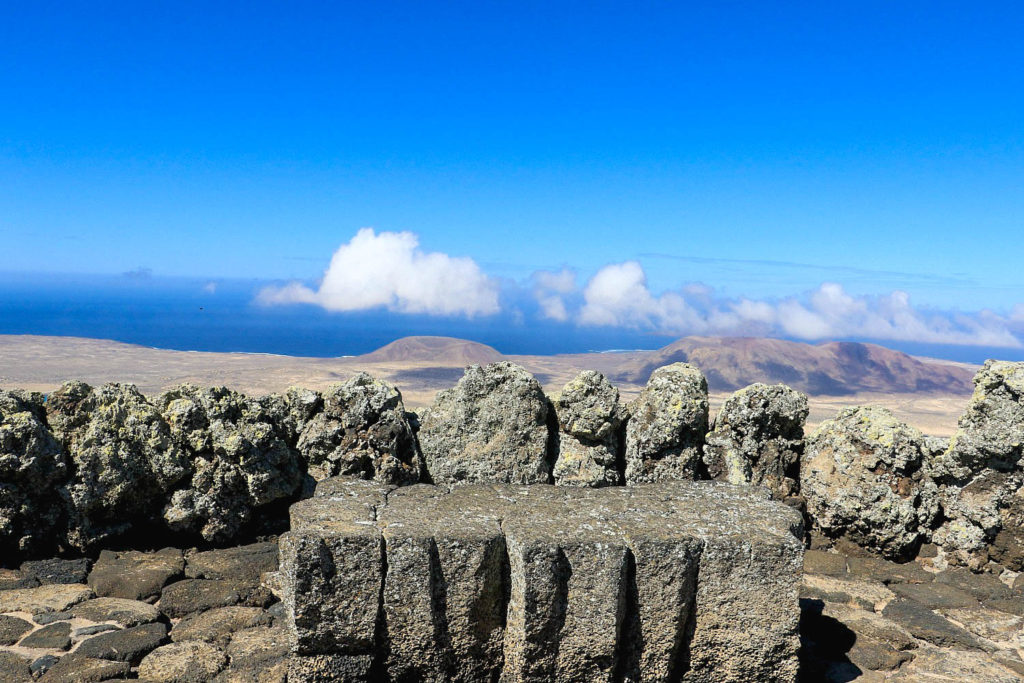
Lose yourself in a lava tube
Jameos del Agua was referred to by Rita Heyworth, of Hollywood movie fame, as the eighth wonder of the world. Even artist and architect Cesar Manrique described it as the most beautiful nightclub in the world. Although these days it’s an auditorium with a swimming pool, garden and restaurants albeit blended into the landscape. The Jameos del Agua, and nearby Cueva De Los Verdes are part of a 6-kilometre long lava tube. Both were formed when the Montaña La Corona volcano erupted 4,000 years ago. When the molten lava hardened, it formed the tubes which lead down to the Atlantic. The large openings at each end of the tube at Jameos del Agua appeared when parts of the roof collapsed. Cesar Manrique used this as a centrepiece for the attraction although the appeal has to be the incredible turquoise pool.
